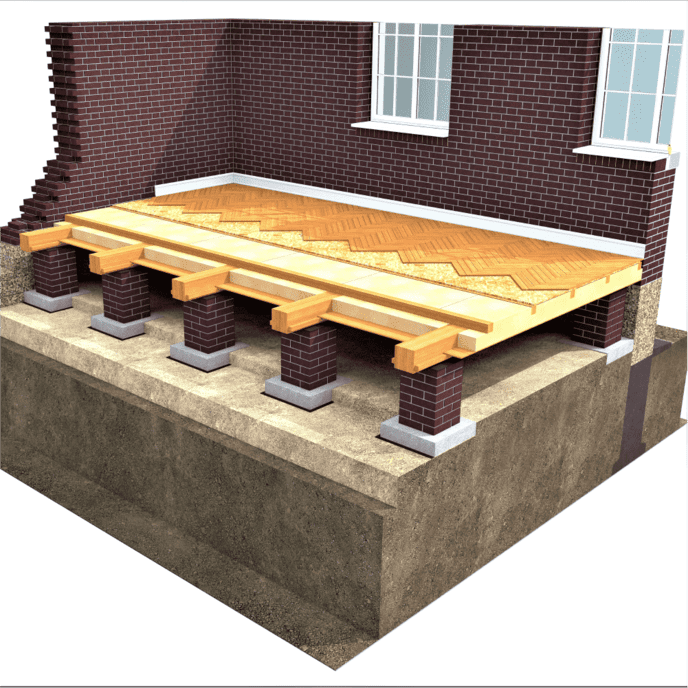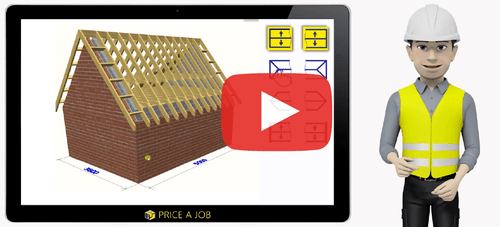
If you are planning on laying concrete foundations for a new commercial or residential building, it is important to work out how much you will be spending beforehand. You can use our Foundation Cost Calculator to calculate the cost of labour, materials and tools for your foundations, making it easier for you to stick to your budget.
Of course, it is also useful to know the difference between the main types of foundations before you start. This is because different foundations are suited to different jobs, so some will be more effective than others.
Here are the three types of foundation that we sell, as well as information about each one so that you can choose the most suitable option for your project.
Trench Foundations
Trench fill foundations are a fairly shallow foundation that won't require any bricklaying below ground level; instead the trench is almost completely filled with concrete. Normally the concrete is poured to around 150mm of ground level, and this helps to reduce the amount of excavation that is required beforehand.
This option is normally used in areas with either damp or loose soil, although it can be harder to predict the right amount of concrete if you are working on loose soil. This can result in fairly high costs if you require a lot of concrete.
If you do, you will need something for trench excavation (such as a machine), a way to dispose of soil (such as a skip), concrete for the foundation, a mesh reinforcement and earthwork support (such as plywood).
Pad Foundations
Pad foundations are also generally shallow, but they can be deeper depending on the ground below. They are formed with square, rectangular or circular concrete pads that can support single point loads (such as groups of columns or structural columns).
If you decide to go for a pad foundation, you will need something to excavate the trench with (you could do this by hand or by machine), some way to dispose of the soil (such as a grab lorry, a skip or a rubble sack), a concrete foundation, a mesh reinforcement (this will need to be A142, A193, A252 or A393) and some form of earthwork support (such as 9, 12 or 18mm of plywood).
Strip Foundations
Strip foundations can be used if the soil has good bearing capacities. It is worth noting that the key sizes for a strip foundation for both timber frame cavity wall construction and cavity wall construction are very similar; the size is directly related to the width of the wall rather than the type of wall construction.
If you are laying down a strip foundation, you will need the same tools as you would need for a pad foundation.
Concrete flooring is an essential part of the building process. If you are trying to complete your project on a budget, use our Foundation Cost Calculator to work out which method is best for you.
